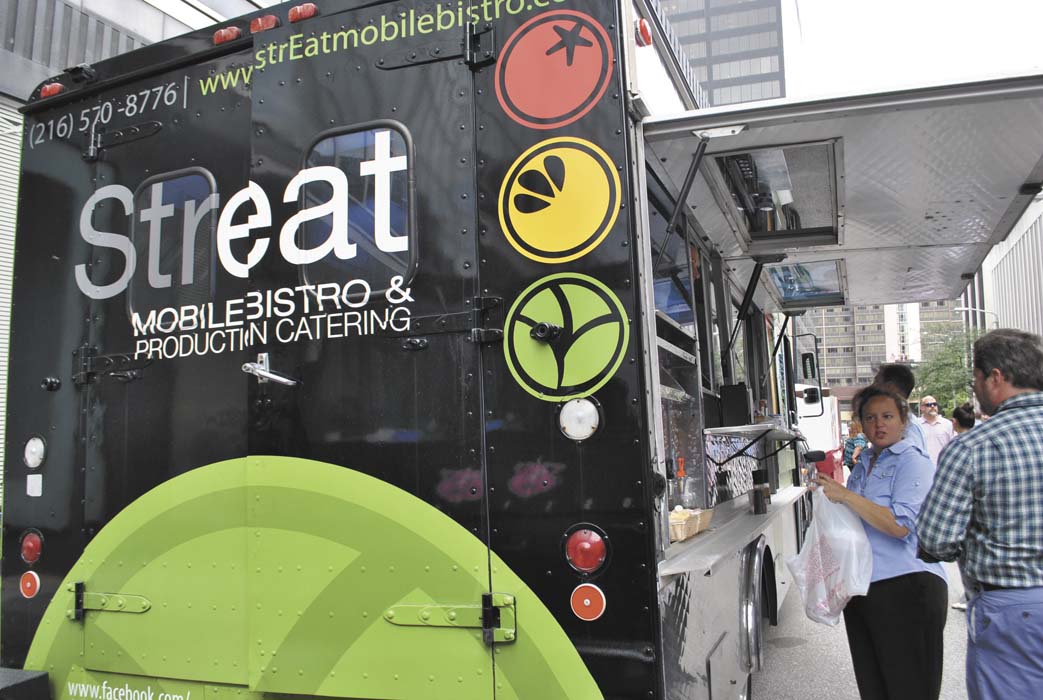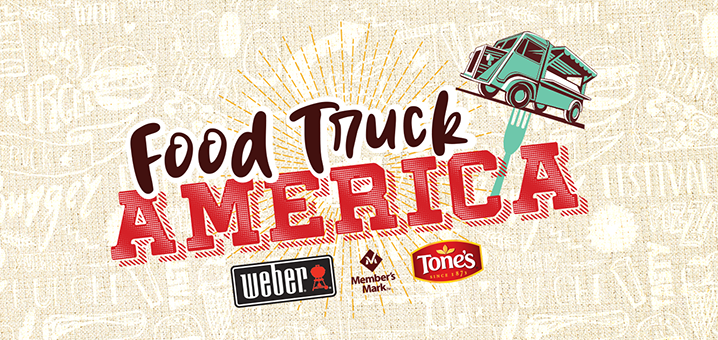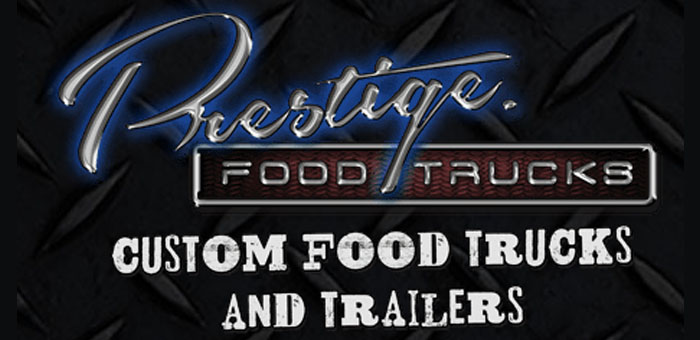It’s a new view from inside StrEat Mobile Bistro
CLEVELAND, OH – Here’s the thing about food trucks: Regardless of the circumstances, folks will walk right up to the rig and demand food. It’s just 8 o’clock in the morning, and StrEat Mobile Bistro is tucked away in the back corner of a parking lot off East 55th Street, and still some fool tries to order breakfast. The truck’s occupants politely beg the guy off and get back to the business at hand.
That business, of course, is food — specifically prepping the menu for today’s Walnut Wednesday, the popular weekly food truck roundup that takes over Walnut Avenue in downtown Cleveland. Hard at work are Kelly McGlathery and Dan Talty, the two-person crew that runs this restaurant on wheels.
Until today, my only experience with food trucks has been from an eater’s perspective. This time, I decided to see what life is like on theother side of the glass. If nothing else, my six hours aboard StrEat Mobile Bistro proved it isn’t for sissies.
By the time I arrive, chef McGlathery is well into her day. In fact, she started her day the day before. Already she has shopped for ingredients, slow braised some pork butt, and marinated chicken thighs and portobello mushrooms. Presently, she’s searing off the chicken on the truck’s flat-top grill. After the thighs develop a nice crust, she slices them for later use in soft tacos.
“The hardest part of running a food truck is being mobile,” McGlathery explains. “If you don’t have everything you need with you, tough luck.”
If your entire kitchen is 128-square-feet small, you need to be hyper-organized — and creative. When the triple-compartment sink isn’t in use it is outfitted with custom cutting boards for additional workspace. Unneeded fridges double as pantry storage. Bags of fresh hamburger buns are stuffed in the cracks and crevices between.
This cramped, condensed space must function not only as the kitchen, but also the prep room, pantry, dish station, expo line, and office — everything but the bathroom. Potty breaks, like all things food truck related, must be planned well in advance.
Relocating the truck to Walnut is a little more complicated than taking the Honda to the corner. Ovens, burners, and steam tables need to be powered down. Heavy equipment already is bolted to the chassis, but doors need to be latched, pots and pans stowed. Hot food is deposited for safe keeping in the still-warm ovens.
“The truck drives just the way you think it would with a deep fryer full of oil, a six-foot stove, and tanks of water,” says McGlathery. “And you know how the roads are in Cleveland.” Talty is in charge of piloting the ship, steering it clear of potholes like a barge captain avoids underwater snags.
Once parked on Walnut, the shut-down procedure is reversed. Ovens are reignited; pots put back on the stove. McGlathery whips up the four-cheese sauce that will coat the mac and cheese while Talty pens the menu board and arranges condiments on the outdoor ledge. Once that truck window goes up, it’s game on.
A light rain is keeping the crowds modest, but business is steady and service fluid. While lines form at other trucks, StrEat never seems to develop one. It’s not because they aren’t getting many customers, it soon becomes clear: It’s because they’re so efficient.
“I work my butt off in the morning so that we can work fast at lunch,” says McGlathery, adding that her ticket times average just two minutes. That’s apparently not the case at other trucks, where chaos inside results in logjams out front.
McGlathery’s biggest fear, she says, is “getting caught with my pants down.” You can be as prepared as an anal-retentive Boy Scout and then — boom! — the propane cuts out, the genny dies, or worse: the health inspector shows up.
“It never fails,” the chef sighs. “They always show up at the worst freakin’ time, when there’s 100 people in line.”
Customers begin popping up at the window to say “hi” and place their orders. “You have my mac and cheese today?” one asks hopefully. Others are thrilled to see the roasted portobello burger with hummus, tomato, and cuke — one of the few vegan options available on the street.
“There’s an assumption that everything off a truck is deep-fried or slathered in butter,” McGlathery says. “Who wants to feel like crap after lunch?” The chef’s daily objective, she notes, is to prepare fresh, tasty, and portable food under $8.
During slow times, the owners of other trucks make visits to their neighbors’ rigs. Invariably, the conversations glide from weather to business to increased competition. Less than a year ago, there were just three or four food trucks roaming the mean streets of Cleve. Today, there’s well over a dozen.
“It’s like fishing,” says McGlathery. “Everybody knows where the money spots are. We fight over the best spots.”
The common assumption is that trucks are a cheap way to get into the food business. But “cheap” might not be an accurate word. StrEat Mobile’s owner, Izzy Schachner, paid close to $100,000 to purchase and upgrade his beefy 22-footer. And that’s just the start of it. Then there are food costs, payroll, insurance, gas, propane, truck repairs, and maintenance. Schachner says his monthly nut is somewhere between $7,000 and $10,000.
Find the entire article <here>




